- Category
- Life in Ukraine
Ten Things You Need to Know While Visiting Ukraine During the War

In the third year of Russia’s full-scale invasion of Ukraine, the daily routines of Ukrainians have adapted to new realities that have become second nature to them. What locals deem normal, might seem surprising for foreigners. Here’s what you need to know when travelling to Ukraine.
Wartime travel is a decision everyone makes for themselves. No one can guarantee that Russia won’t launch missiles at a café, bar, or train station on a quiet Sunday morning. Still, there are guidelines that can make your stay safer and information to help ease your journey.
Flying
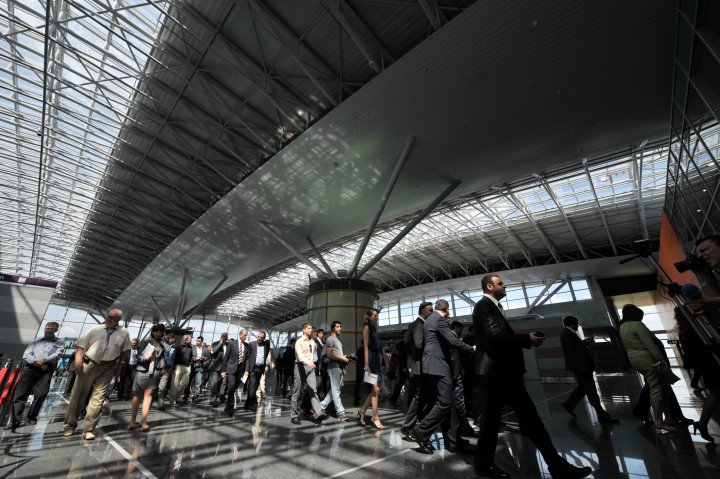
It may seem obvious to locals, but it’s still worth noting: Ukraine’s airports remain closed, and civil aviation is at a standstill. The only way to get to Ukraine is by train or car.
The closure of airspace to all civil traffic was introduced on February 24, 2022, when Russia launched its full-scale invasion of Ukraine. Otherwise, civilian flights would be at risk of becoming intentional or accidental military targets.
Curfew
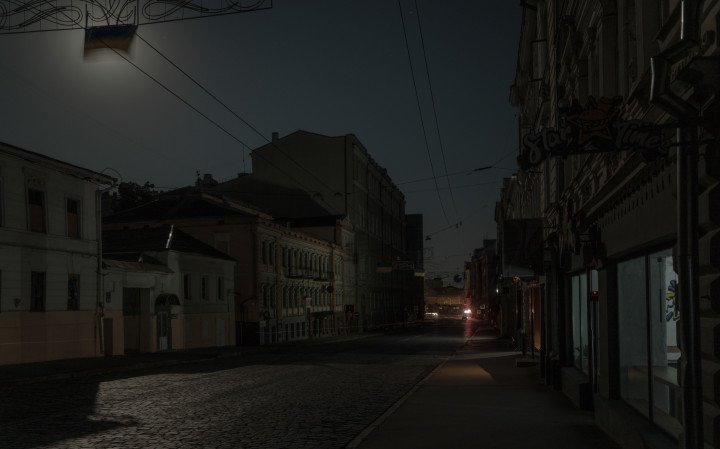
Curfew is a period during which people are prohibited from being outside in public places without specially issued passes and certificates.
Curfew was introduced in most regions of Ukraine with the imposition of martial law at the beginning of Russia’s full-scale invasion of Ukraine.
The hours can change, but mostly staying outside is prohibited from 12 am until 5 am, including in Kyiv, Lviv, and Odesa.
An important exception applies during air raid alerts. If you happen to hear an air raid siren at 3 am, you can go outside without hesitation to get to the nearest shelter.
Air raids and shelters
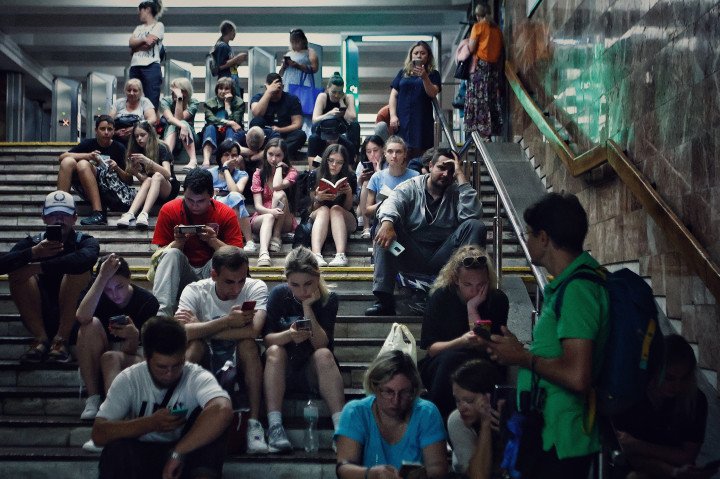
In wartime Ukraine, knowing the location of the nearest shelter is crucial for your safety during missile, drone, or bomb attacks. Whether you’re staying in a residential area or a hotel, ask locals or staff about nearby shelters, or use apps like Kyiv Digital to find one. Many metro stations also double as safe havens during air raid alerts, as seen in numerous photos of civilians taking refuge underground. Additionally, it’s wise to install an air raid app, such as Air Alert, on your phone. These apps provide real-time warnings and allow you to customize alert sounds so you’re notified even while asleep.
When an air raid siren sounds, proceed to the nearest shelter immediately. Though air raid alerts are often heard through public systems, the app adds an extra layer of security, ensuring you won’t miss the warning. Once you’ve reached safety, remain in the shelter until the all-clear is given. While it may take some time, staying put is essential to avoid potential follow-up strikes.
Power outages
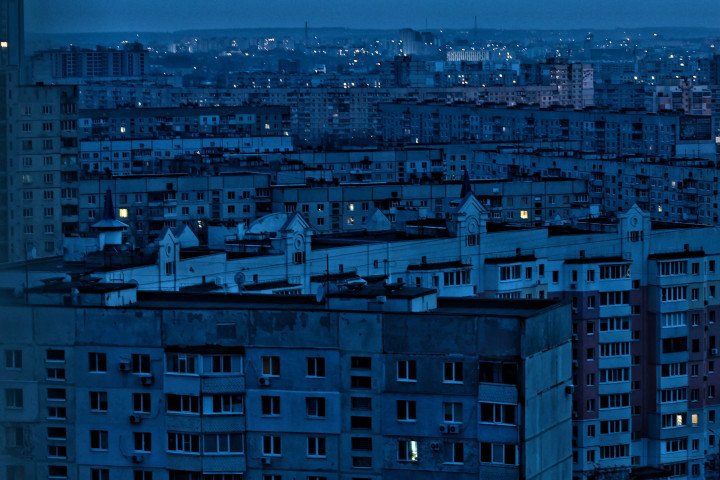
Power outages are a direct consequence of Russia’s attacks on Ukraine’s energy infrastructure. The latest power inconsistency was observed after Russia’s massive missile attack on August 26, which affected at least 15 Ukrainian regions. Among the struck sites was the Kyiv Hydroelectric Power Plant.
Although blackout schedules are usually listed on the energy companies’ websites, you still have to be prepared to stay without electricity in case of an emergency.
The safest thing to do is to have a power bank on you so that you always have your mobile charged for any unexpected situations. Although nearby cafes and establishments do usually use generators and can provide electricity, it is better to be safe and carry a source of electricity on you.
First aid training
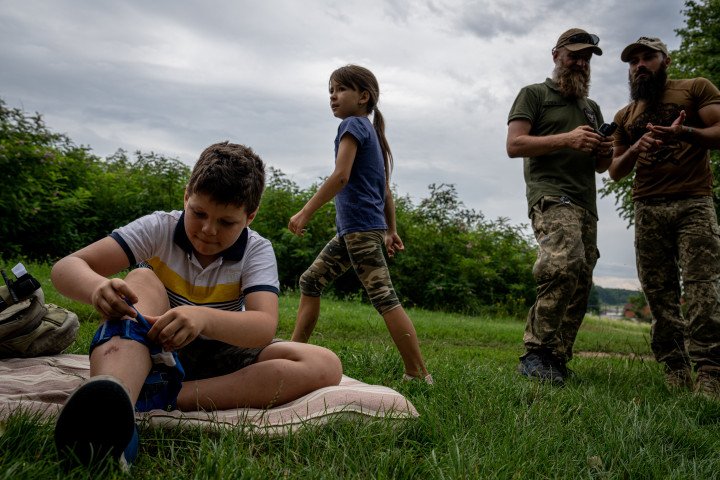
First aid training is a valuable skill for anyone, anywhere, but it’s particularly crucial for those entering a country at war. In Ukraine, numerous organizations offer civilians first aid courses, equipping them with the tools to respond in emergencies—a likelihood that has surged since the war began. While these sessions won’t turn you into a paramedic or a surgeon, they will teach you how to manage injuries and deliver immediate care that could save a limb or prevent severe blood loss.
If you’re planning a visit to Ukraine, consider investing some time in first aid training.
Emergency bag
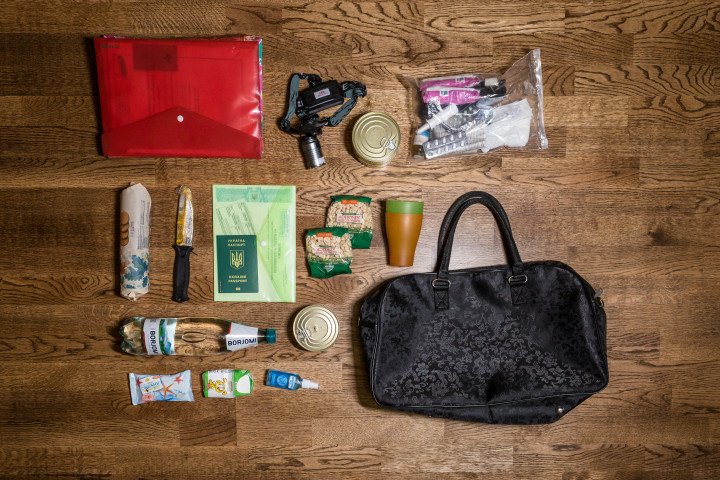
Building on the importance of first aid training, having the right tools at hand can make all the difference in an emergency. For instance, a high-quality tourniquet is crucial for stopping blood loss from injured limbs.
While it may not be practical to carry a fully stocked emergency kit with you at all times, having a small bag with essentials is a smart compromise. Think of it as a grab-and-go kit with key items like medications, a tourniquet, spare lenses, a passport or its copy, a charger, and other necessities.
Consider keeping two emergency bags—one compact enough to carry with you daily and a more comprehensive one at home, ready to grab in case of an urgent situation.
Safety at home
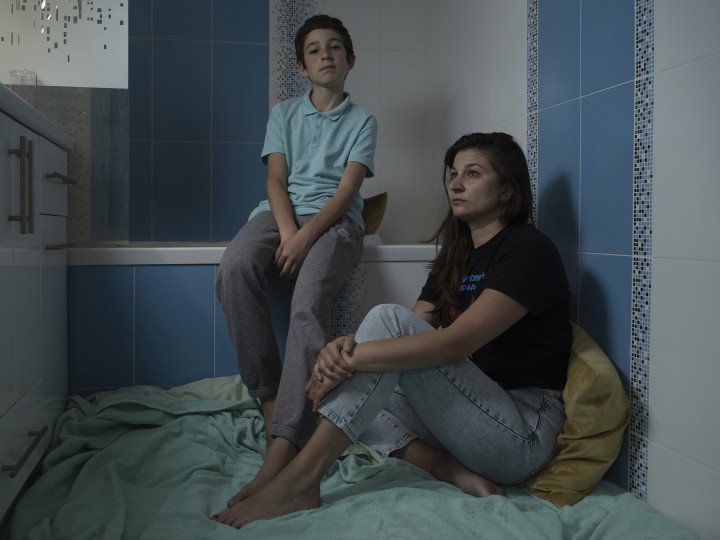
It’s always safer to head to a shelter when air raid alerts begin, but sometimes there simply isn’t enough time before missiles are already overhead.
If you can’t make it to a shelter, move immediately to a room without windows and follow the “two walls” rule. The idea is to have at least two walls between you and the outside—the first wall may collapse on impact, while the second can help shield you from debris, including shattered glass.
It’s also wise to save the locations of nearby “Points of Invincibility"—safe spaces offering shelter and basic services in case mobile networks, internet, or electricity go down.
Additionally, download offline maps and stock up on essentials and water at home to ensure you’re prepared for any disruption.
Mines

Unfortunately, due to the combat activities, many areas of Ukraine have become dangerous.
According to the State Emergency Service of Ukraine, Ukraine is among the list of countries most contaminated by mines, where more than 30% of the territory is potentially dangerous due to explosive objects.
It’s essential for both adults and children to learn mine safety rules in these conditions. If you’re visiting Ukraine with a child, make sure to teach them not to touch unknown objects, including toys or other random items.
Before your visit, familiarize yourself with mine safety guidelines from the State Emergency Service of Ukraine or other trusted sources.
Taking photos and videos
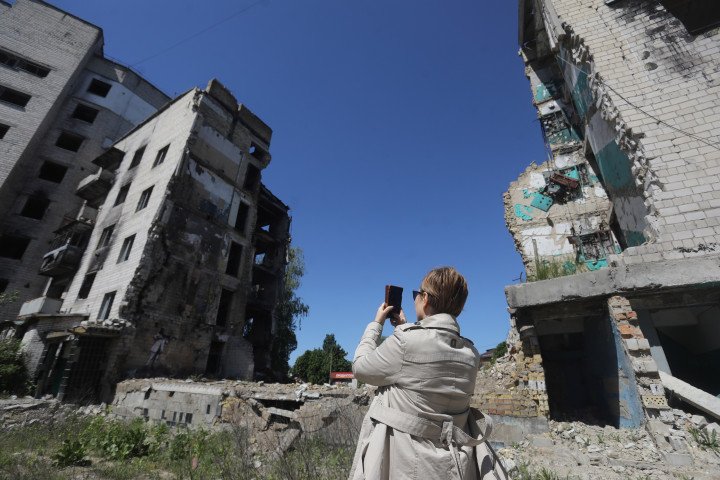
In Ukraine, during a full-scale war, there are certain restrictions for citizens, in particular, regarding photo and video recording. Violation of these rules may result in criminal liability.
It is prohibited to take photos of any actions and movements of Ukrainian troops, government buildings, major military facilities or critical infrastructure facilities, addresses and coordinates of places of hostilities, and the work of the Ukrainian Air Defense Forces.
Alcohol
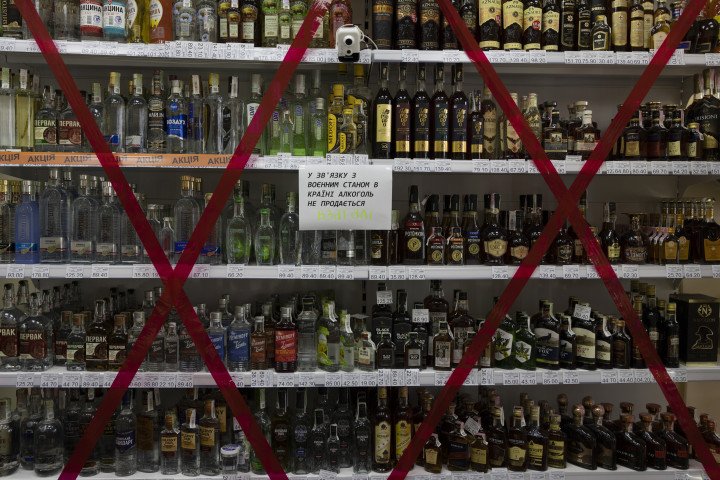
I know, I know, not being able to buy a bottle of wine is not a life or death situation, but consider this a bonus fact.
Since the beginning of Russia’s full-scale invasion of Ukraine, restrictions on the sale of alcohol have been introduced. Currently, the rules remain in effect at certain hours of the day for most regions, but depending on the security situation, they may change.
There are regions, where the prohibition of buying alcohol aligns with the curfew, like in the Kharkiv, Dnipro, and Zhytomyr regions. At the same time, there are regions where strong drinks are completely prohibited, like in the Donetsk region. The “luckiest” region in this regard is the Zakarpattia region, where there are no restrictions at all.
As of September 1st, the rules in Ukraine’s capital Kyiv are the following: you are allowed to buy alcohol starting from 11 am until 10 pm.
The best thing to do is to learn about the rules of each city upon arrival by asking local authorities or friends.
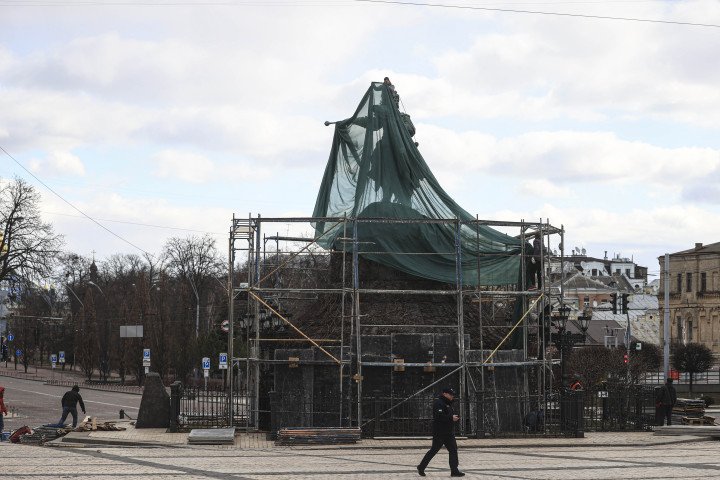
Overall, traveling to Ukraine during wartime requires awareness and preparation. Always stay informed about the latest updates by subscribing to local news channels and having important apps downloaded on your phone, including an air alarm app.
While no one can provide you with any safety guarantees, understanding safety protocols can greatly contribute to your security.
-f88628fa403b11af0b72ec7b062ce954.jpeg)

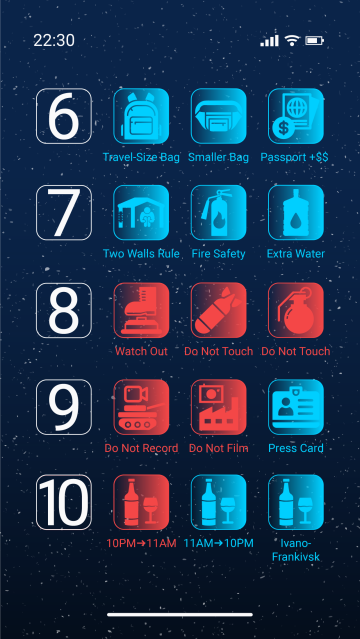
-b63fc610dd4af1b737643522d6baf184.jpg)


-554f0711f15a880af68b2550a739eee4.jpg)
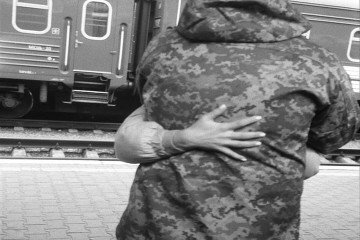
-ba02b3bc86f0b624f99115809a6a34d0.jpg)

-73e9c0fd8873a094288a7552f3ac2ab4.jpg)